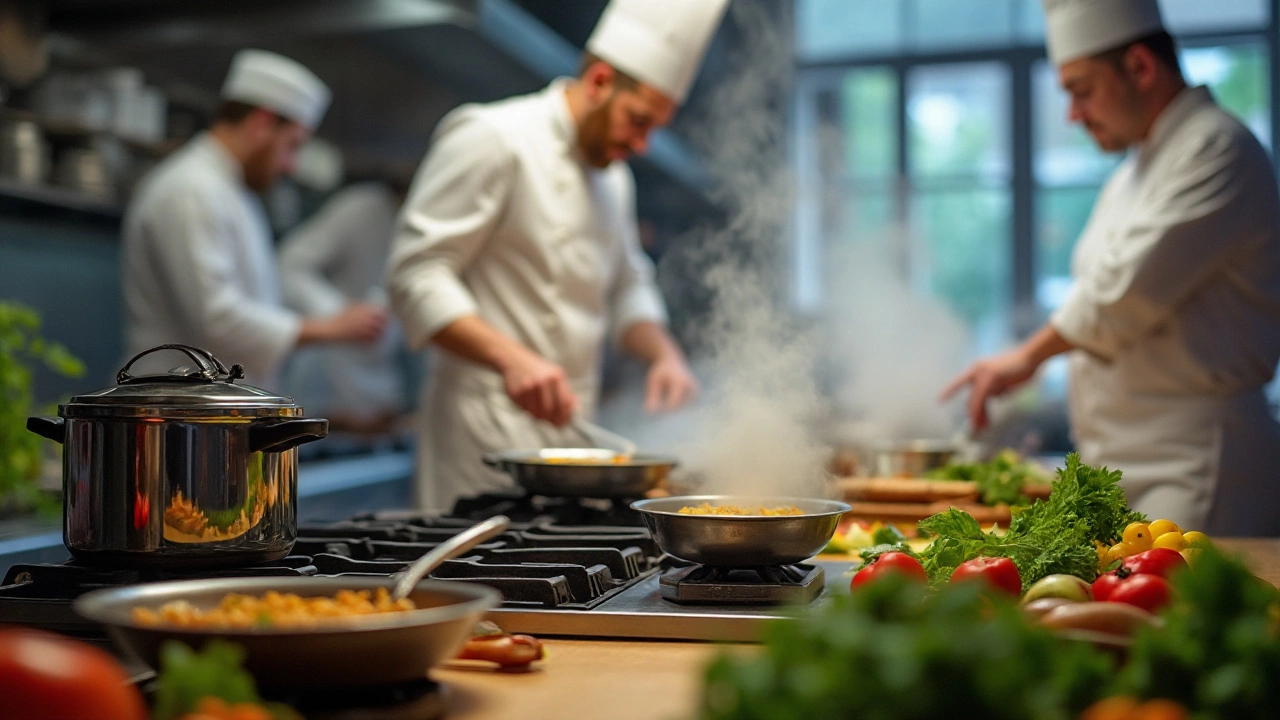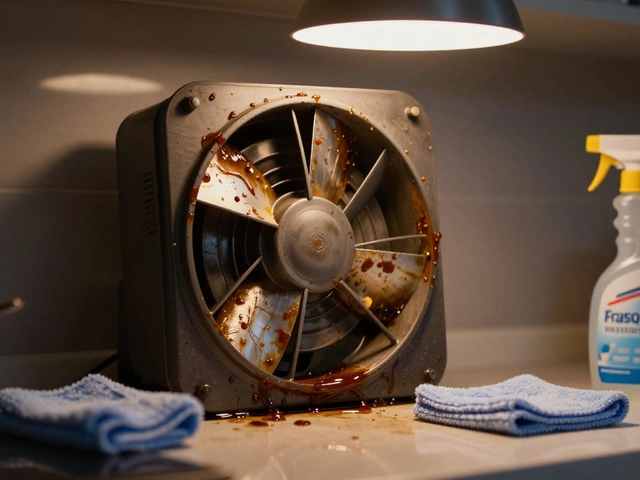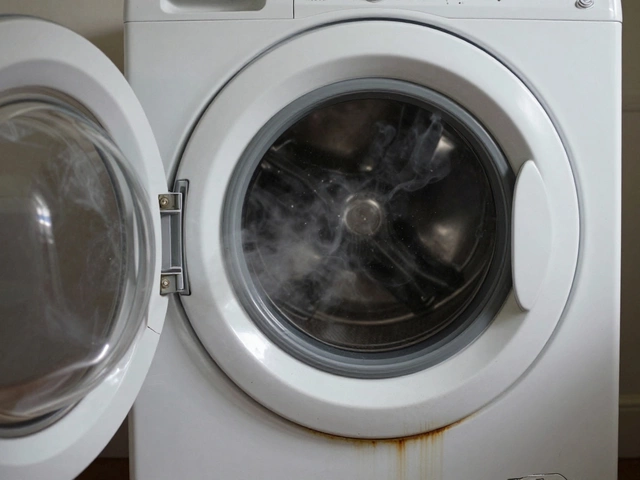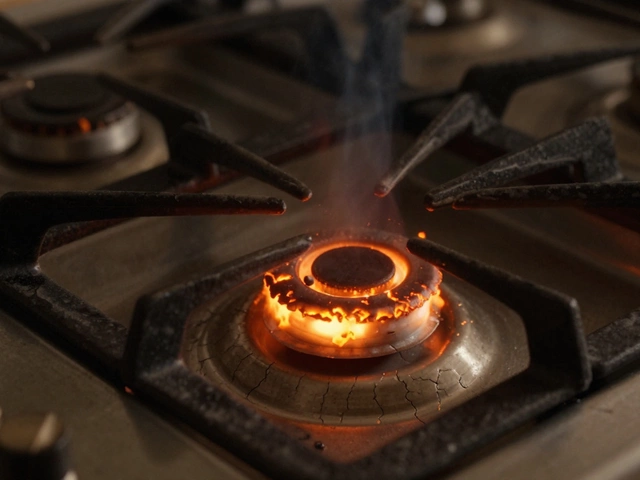Cooking Methods Explained: Quick Guides for Everyday Cooking
Ever wonder why a recipe says to "roast" instead of "bake" or why you should steam vegetables rather than boil them? The method you choose can totally change flavor, texture, and even nutrition. Below we break down the basics so you can pick the right technique without guessing.
Popular Cooking Methods and When to Use Them
Boiling is the go‑to for pasta, potatoes, and eggs. Use a big pot, plenty of water, and a pinch of salt. Keep the lid on for the first few minutes to save energy, then uncover to avoid over‑cooking.
Steaming keeps veggies bright and crunchy while preserving nutrients. A simple basket over a simmering pot works, or use a microwave steamer for speed. No oil needed, so it’s a healthy shortcut.
Grilling adds that smoky char you love. Pre‑heat the grill, brush the grill grates with oil, and pat your food dry first. For thinner cuts, keep the heat high and flip once to lock in juices.
Baking uses dry, even heat inside an oven. Great for casseroles, cakes, and breads. Always preheat the oven; opening the door too often drops the temperature and messes up rise times.
Roasting is basically baking at a higher temperature, often with oil or butter. Perfect for vegetables and meats that need a caramelized exterior. Toss ingredients in a little fat, spread them on a sheet, and stir halfway through.
Sautéing is quick cooking in a pan with a small amount of fat over medium‑high heat. Ideal for thinly sliced ingredients like onions, bell peppers, or shrimp. Keep the pan moving to avoid burning.
Frying (deep or shallow) cooks food in a lot of oil. Use a thermometer to keep oil around 350°F (175°C) – too hot and the outside burns, too cool and the food gets soggy.
Choosing the Right Method for Your Dish
Start by looking at the main ingredient. Protein‑rich foods (meat, fish, tofu) often shine when grilled, roasted, or pan‑seared because those methods create a flavorful crust. Starchy foods like potatoes benefit from boiling first and then roasting for crisp edges.
Consider the texture you want. If you need a tender, melt‑in‑your‑mouth result, slow‑cook, braise, or simmer. For a crispy bite, go for frying, baking at high heat, or broiling.
Don’t forget your equipment. A good quality non‑stick pan makes sautéing a breeze, while a sturdy oven-safe dish is key for roasting. If you lack a grill, a stovetop grill pan can give similar results.Finally, think about time and energy. Steaming veggies in the microwave takes minutes, while a low‑and‑slow roast might need an hour. Match the method to your schedule, not just the recipe.
Now that you know the basics, try swapping one method in a favorite recipe. Switch boiled potatoes for roasted ones, or sauté your veggies instead of steaming them. You’ll see how small changes can revamp flavor without extra hassle.
Ready to explore more? Browse our related posts on oven repairs, dishwasher tricks, and fridge maintenance – keeping your appliances in top shape helps you master every cooking method with confidence.
Why Most Chefs Prefer Traditional Cooking Methods: The Pressure Cooker Debate
- Alden Wilder
- Dec 4 2024
- 0 Comments
Many chefs avoid using pressure cookers in their professional kitchens despite the convenience they offer at home. This article explores the reasons behind this choice, touching on the desire for control, risk of overcooking, and loss of texture. It delves into the rich tradition of slow cooking and savoring flavors, providing insights and tips for those considering introducing pressure cookers into a culinary setting. Understanding these perspectives can help home cooks make informed decisions about their own cooking practices.
View More


